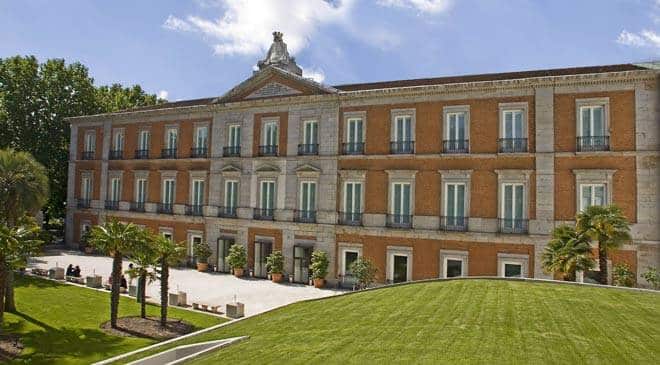
The Thyssen-Bornemisza National Museum is named after its founder, Baron Heinrich Thyssen-Bornemisza. It is known as part of the “Golden Triangle of Art”, which also includes the Prado and the Reina Sofía national galleries. With over 1,600 paintings, it was once the second largest private collection in the world after the British Royal Collection.
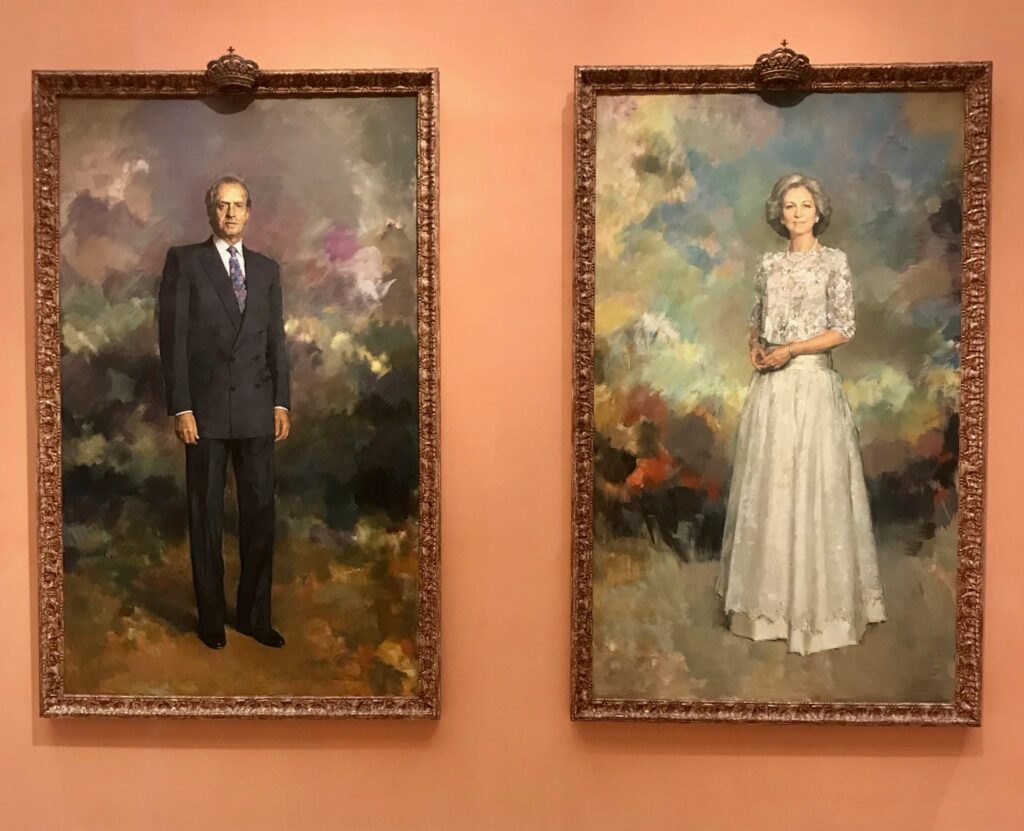
The collection goes historically from the Medieval and Renaissance through Impressionism to modern. Going through it I found that it gave one a sense of the development of art and how we humans have seen the world over time. From the particular to the abstract and from the image as a symbol- to the image as just an image without signifying any thing.
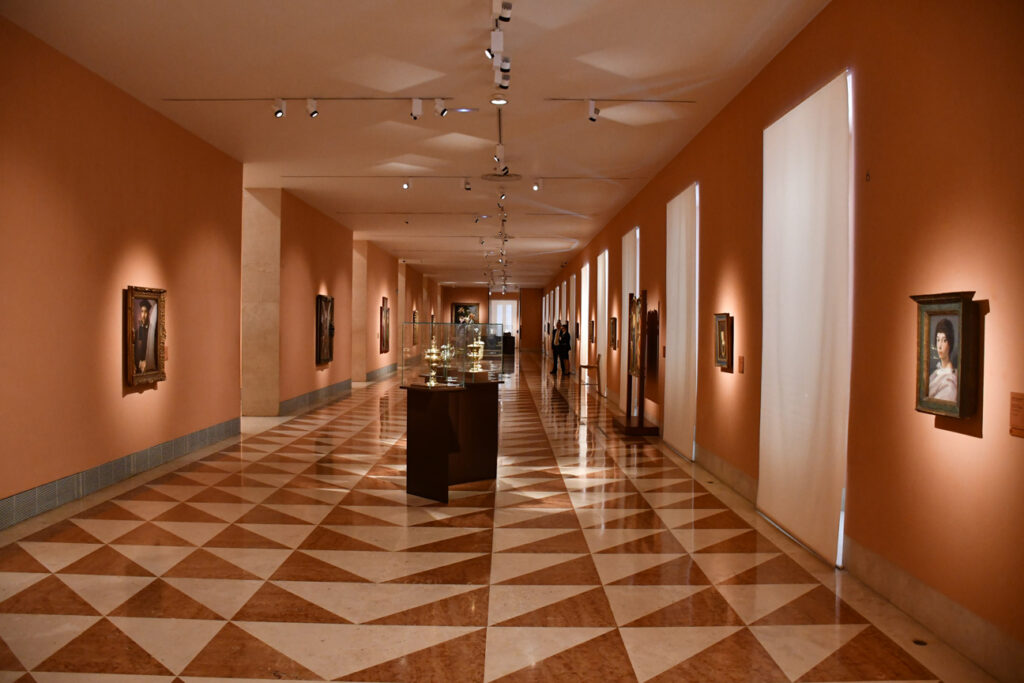
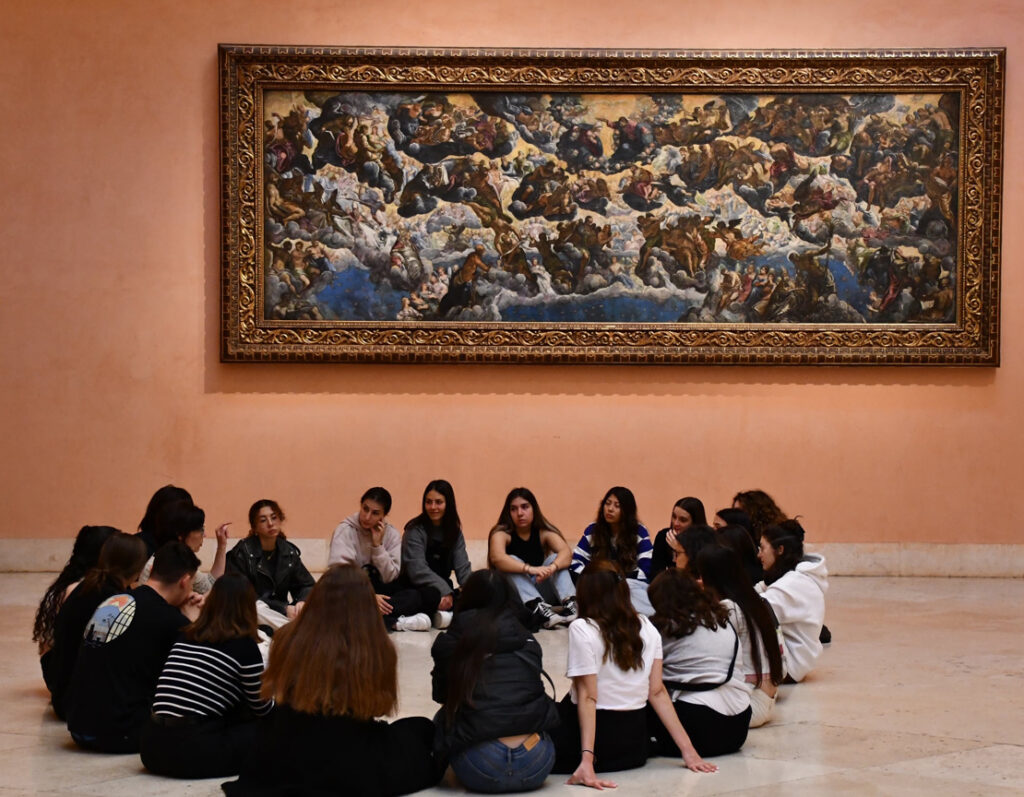
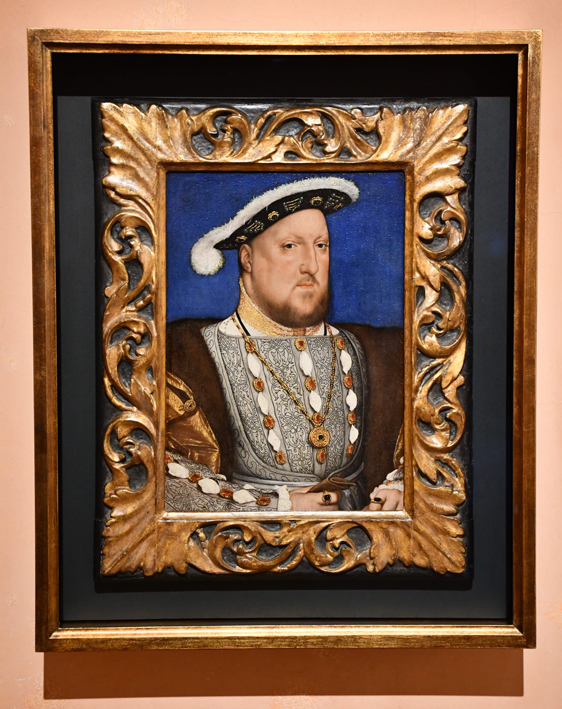
Portrait of Henry VIII. Holbein
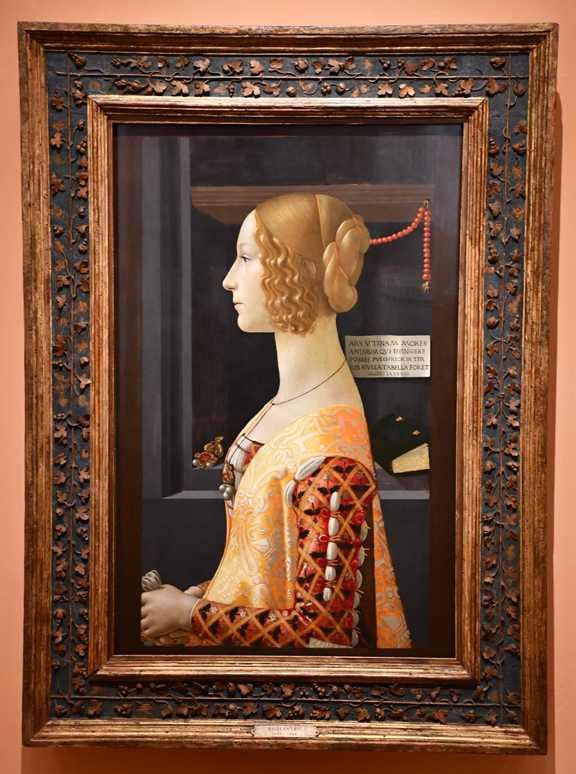
Portrait of Giovanna Tornabuoni by Ghirlandaio 1489
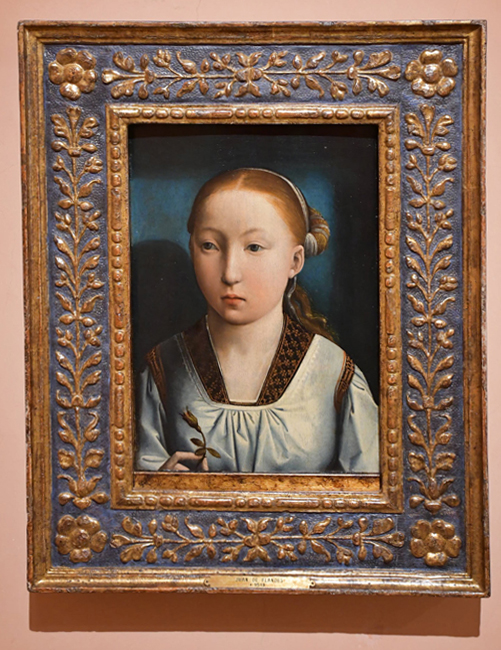
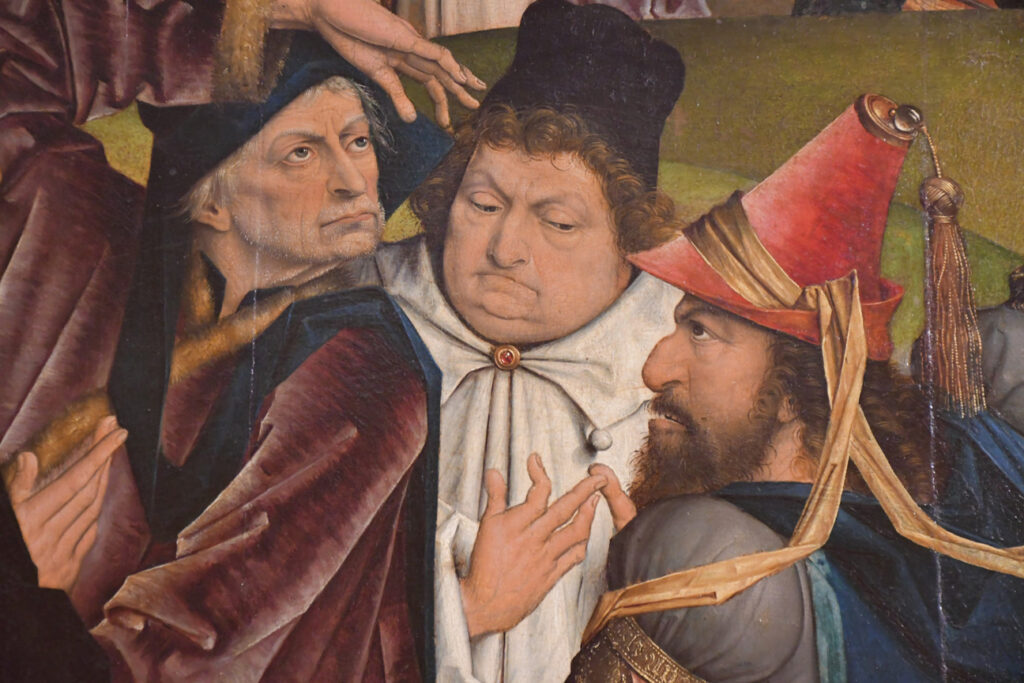
Above below Derick Baegert 1477
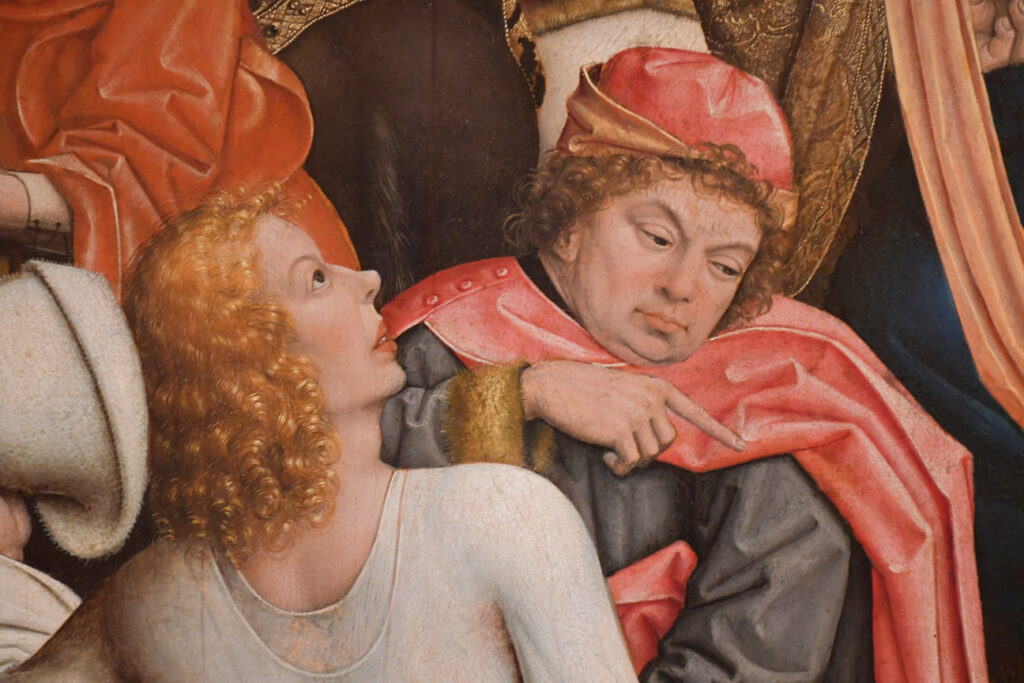
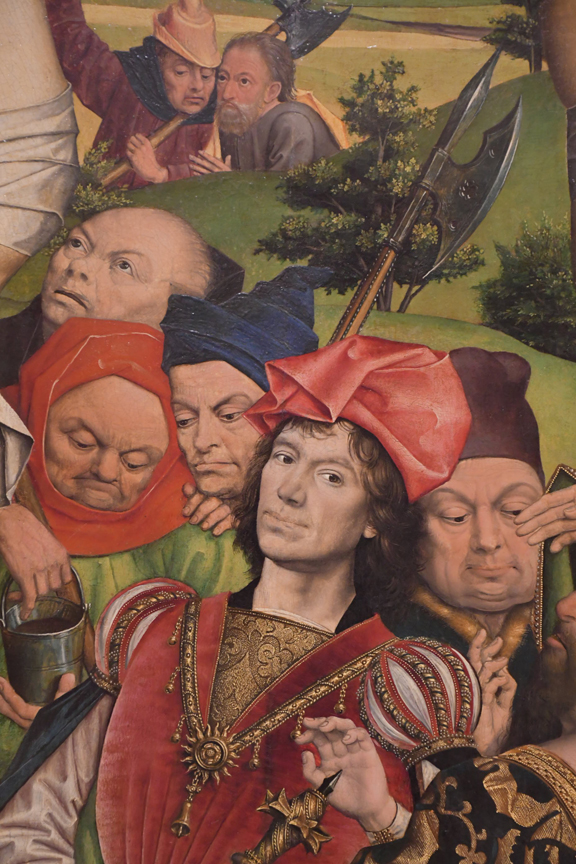
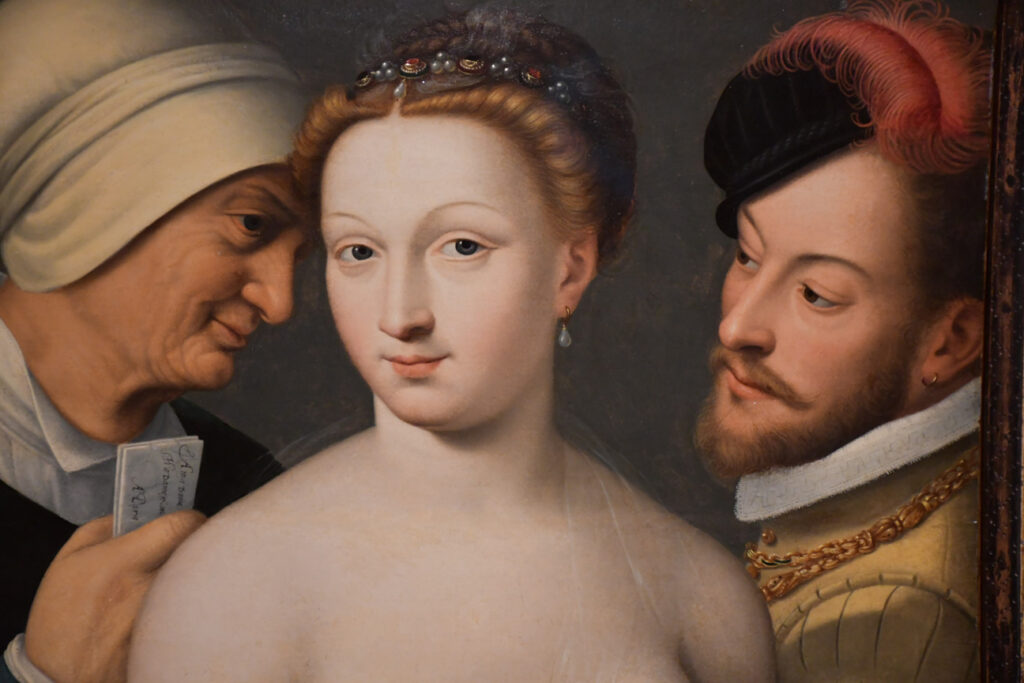
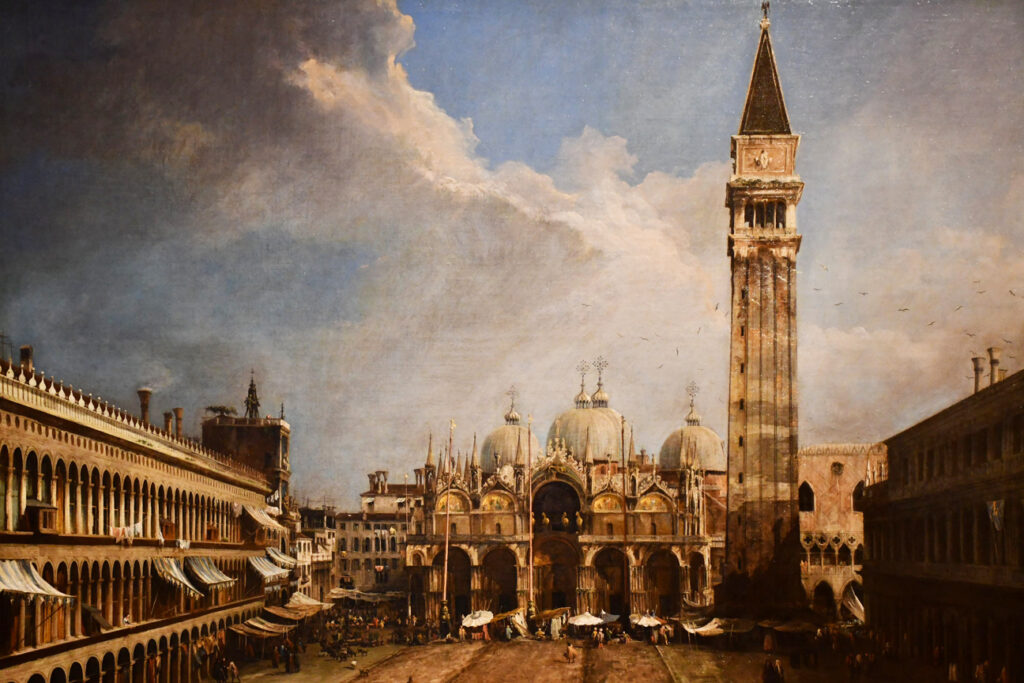
Canaletto The Plaza of San Marcos in Venice 1723
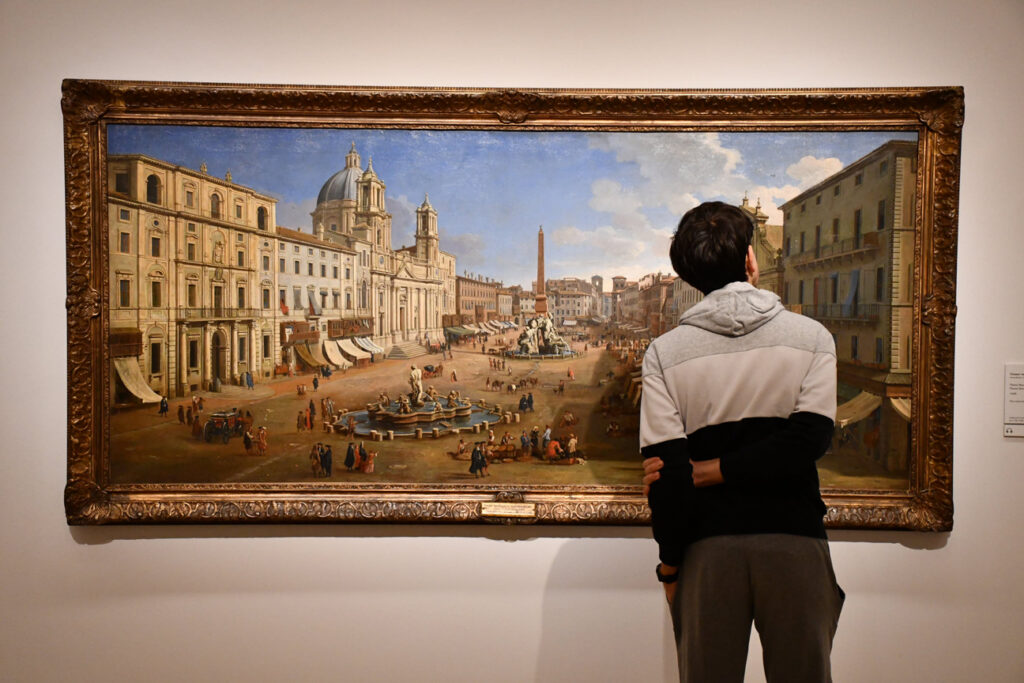
Below The Museum has distinct salmon colored walls chosen by Carmen Thyssen
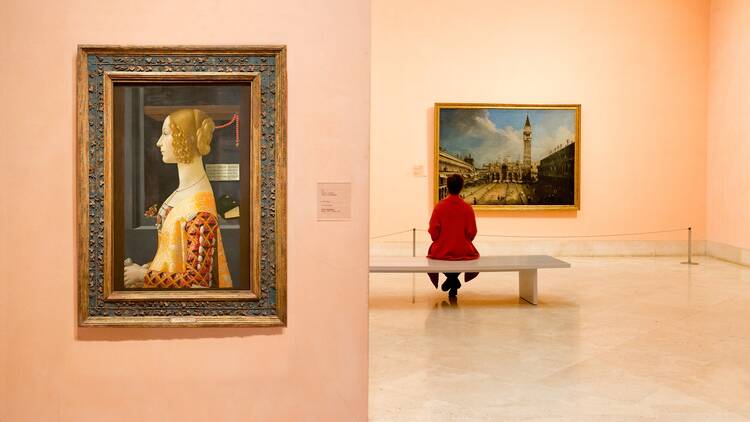
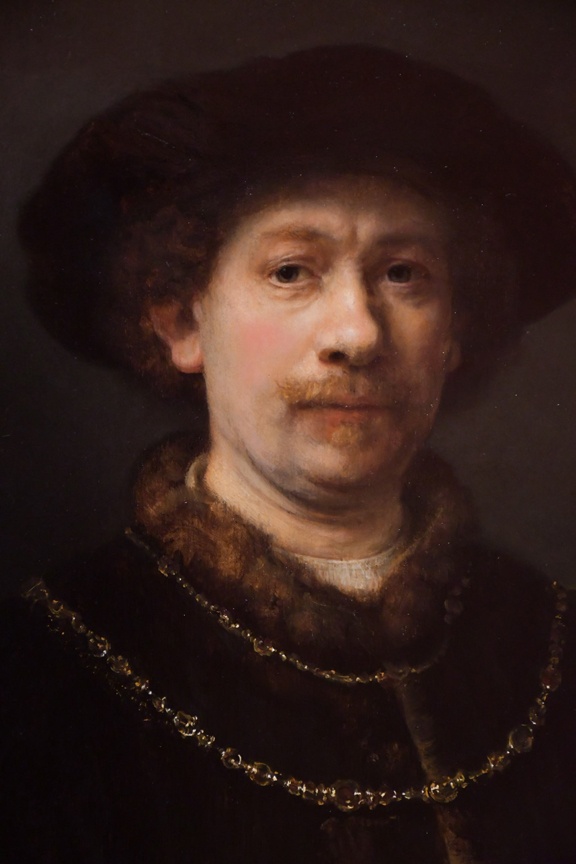
Self Portrait-Rembrandt 1642
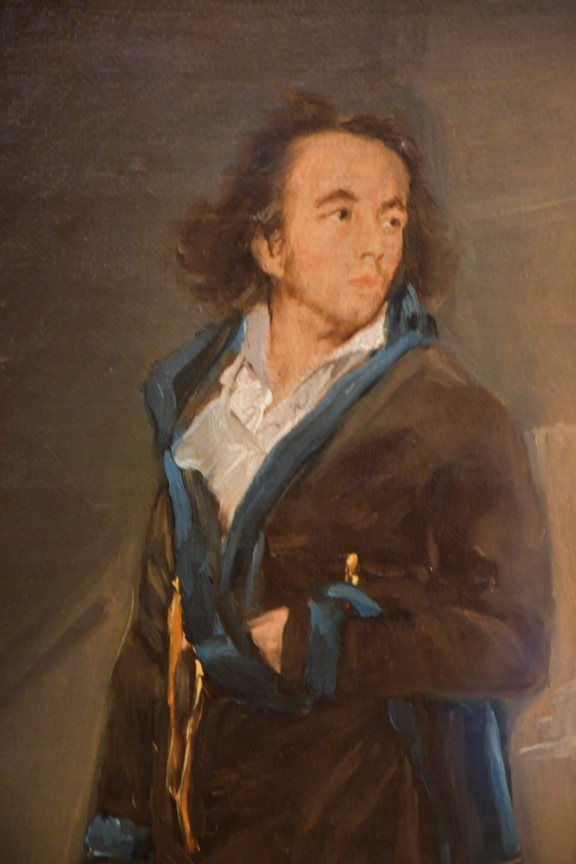
Portrait of Ascensio Julia by Goya 1798
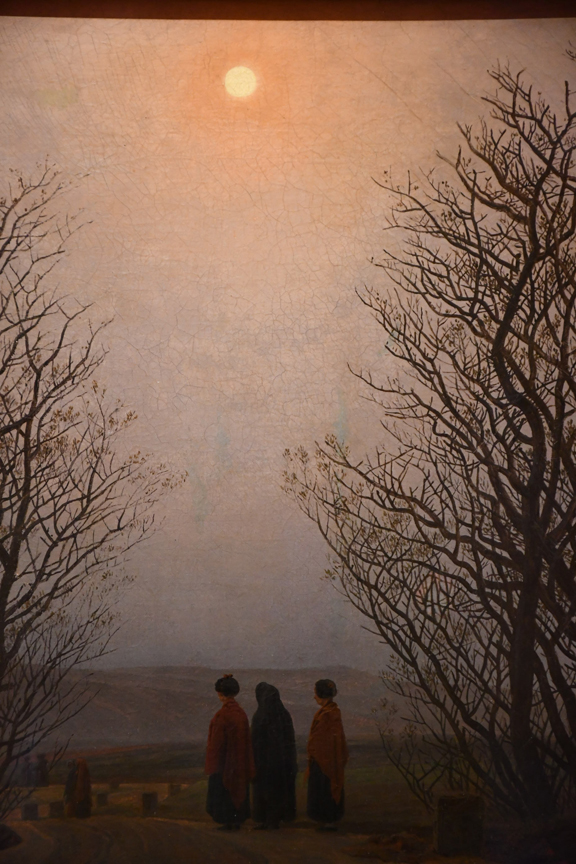
Easter Morning-Caspat David Friedrich 1830
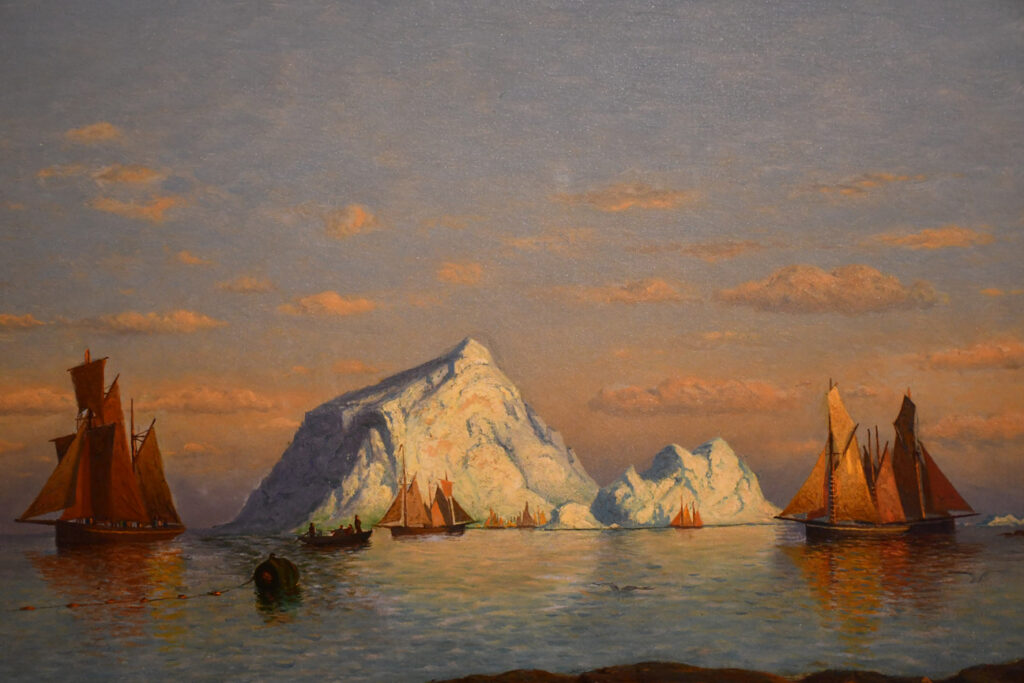
Fishermen of the Coast of Labrador – William Bradford undated
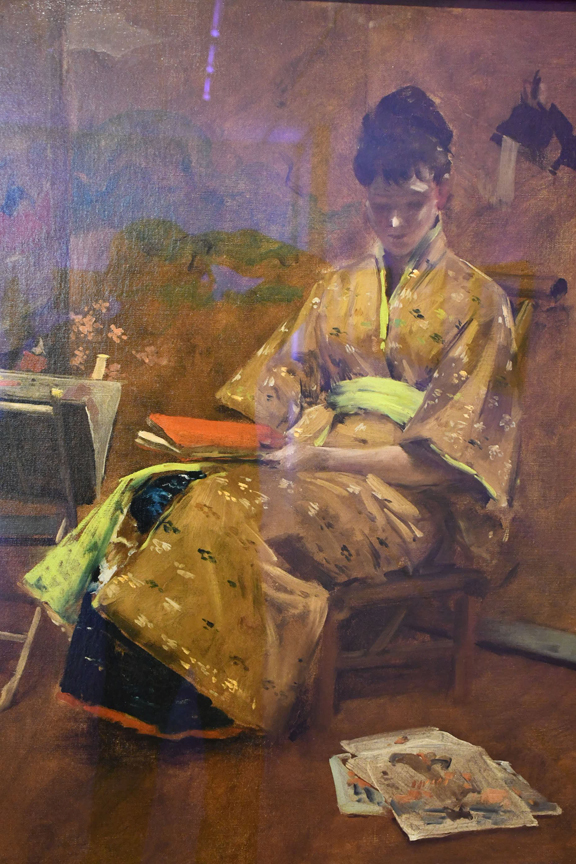
Girl in Japanese Gown -William Merritt Chase 1887
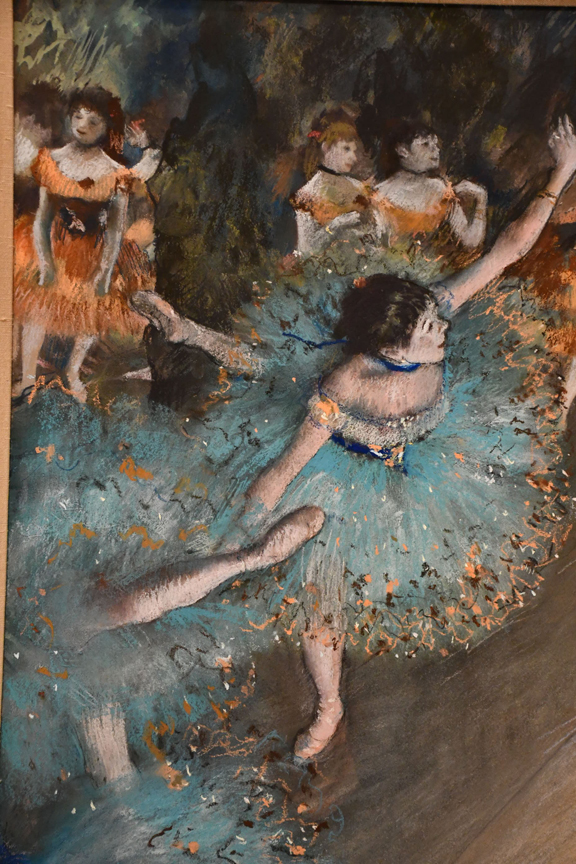
Dancer in Green Degas-1878
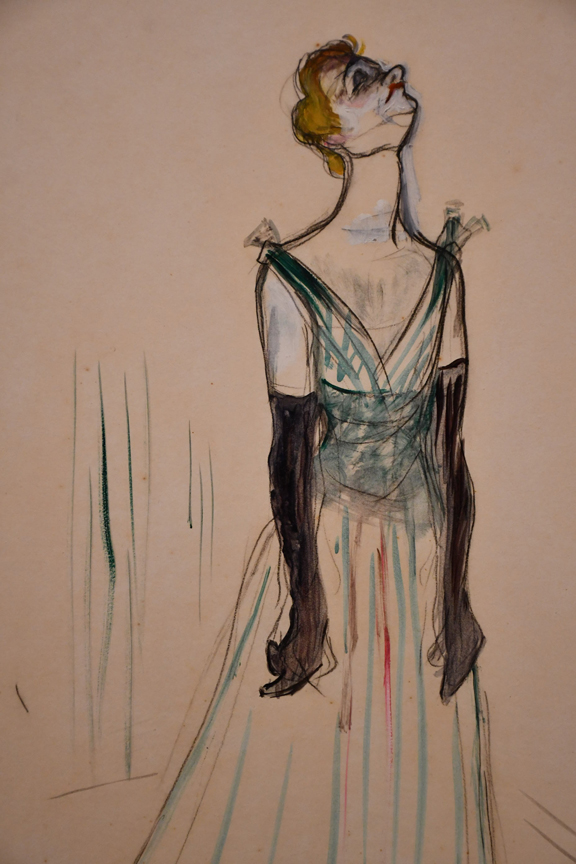
Yvette Guilbert-Toulouse Lautrec 1893
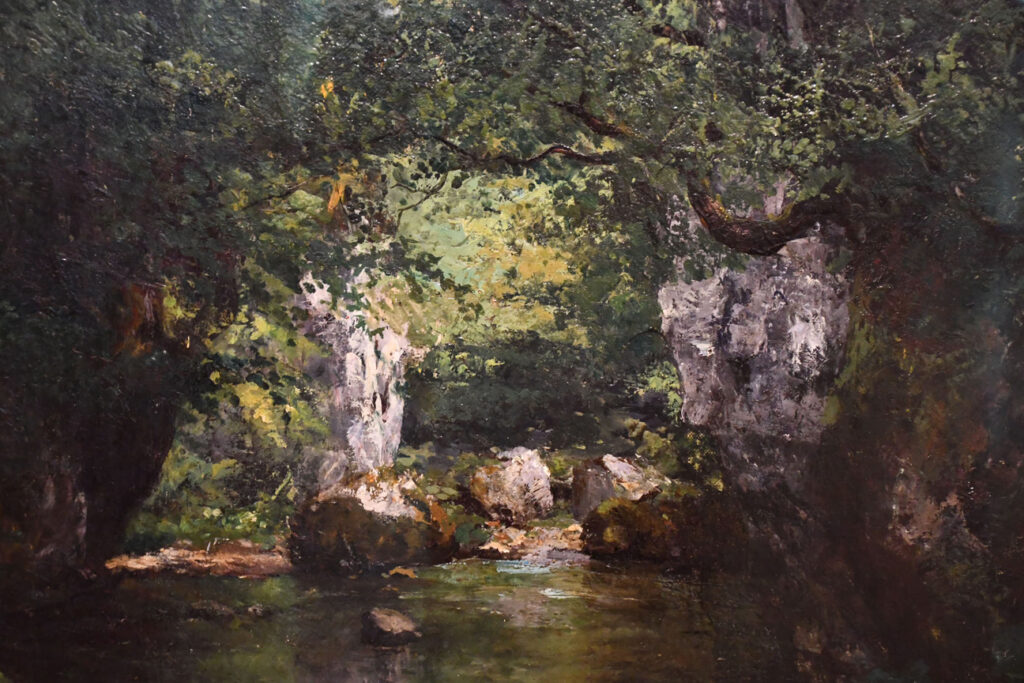
The Water Stream -Courbet 1866
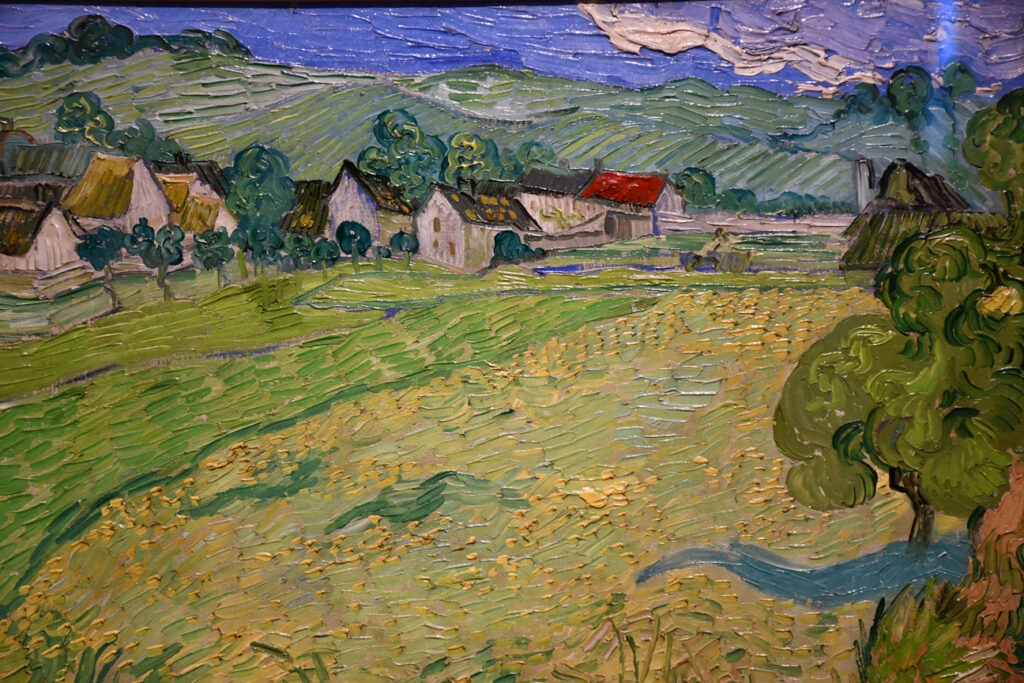
Les Vessenots in Auvers-Van Gogh 1890
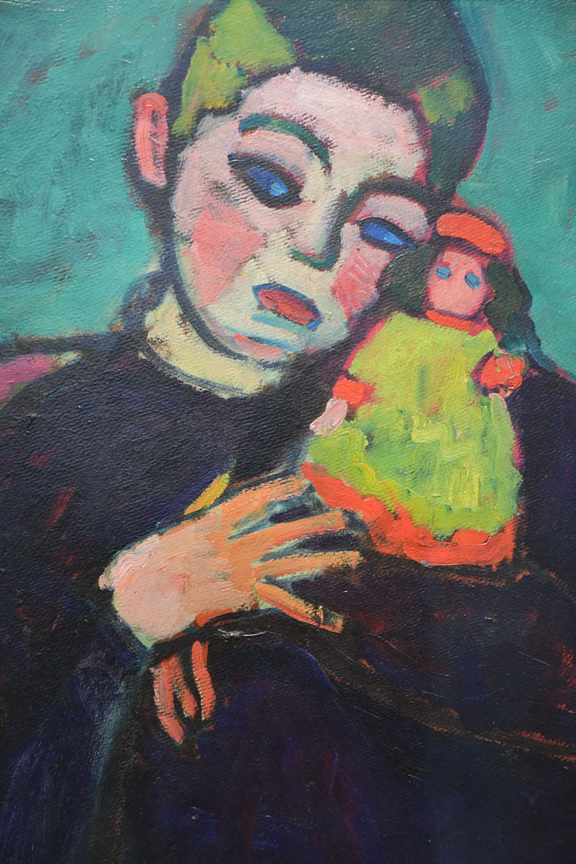
Child with Doll-Jawlensky 1910
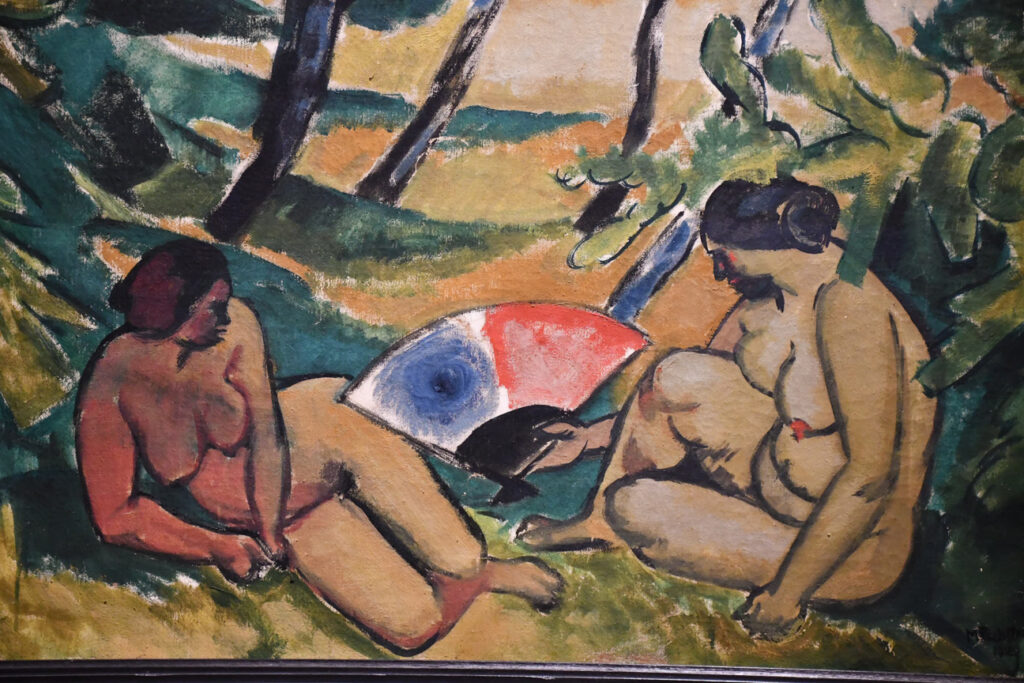
The Bathers-Pechstein 1912
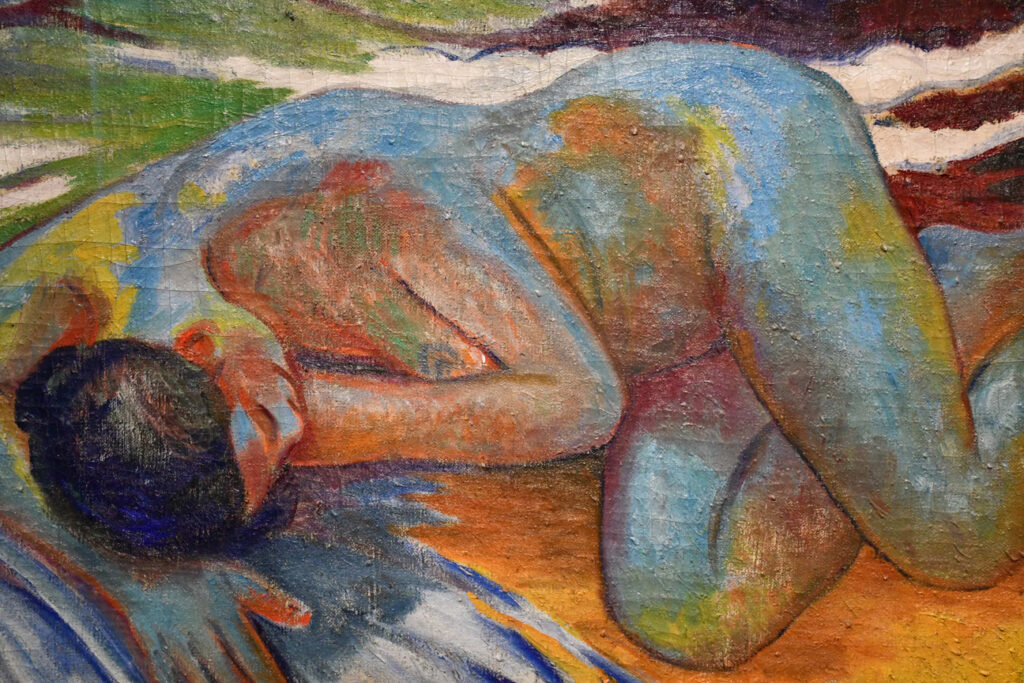
Blue Nude- Larionov 1908
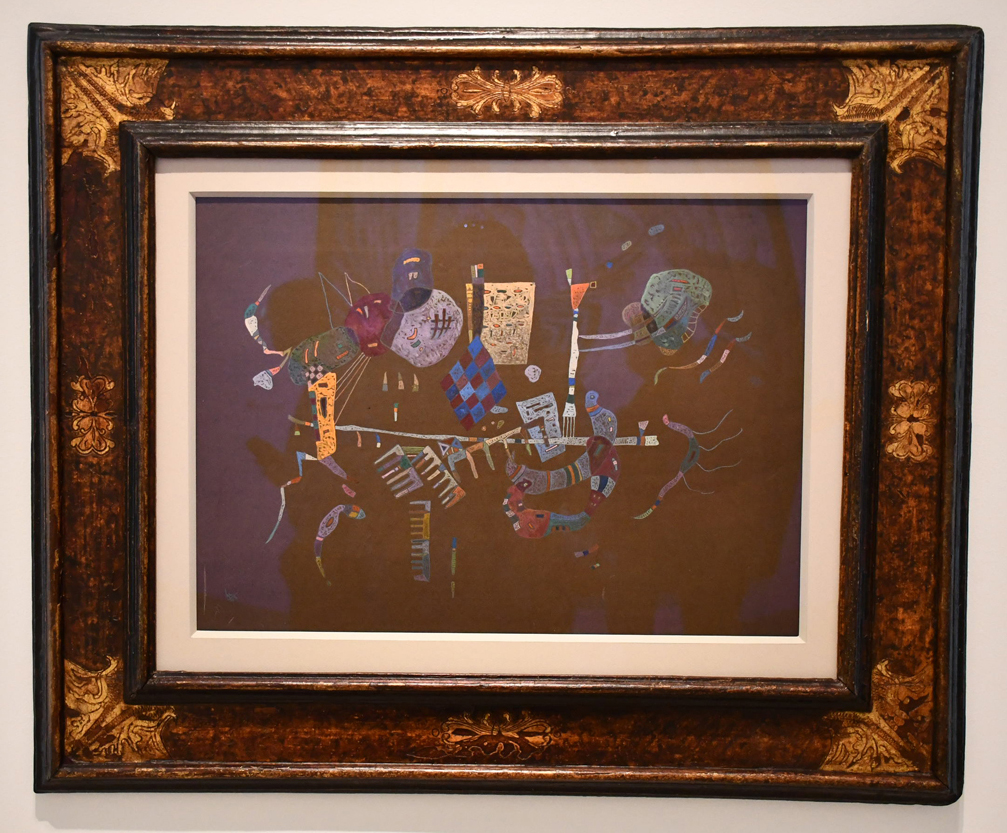
Around The Line- Kandinsky 1943
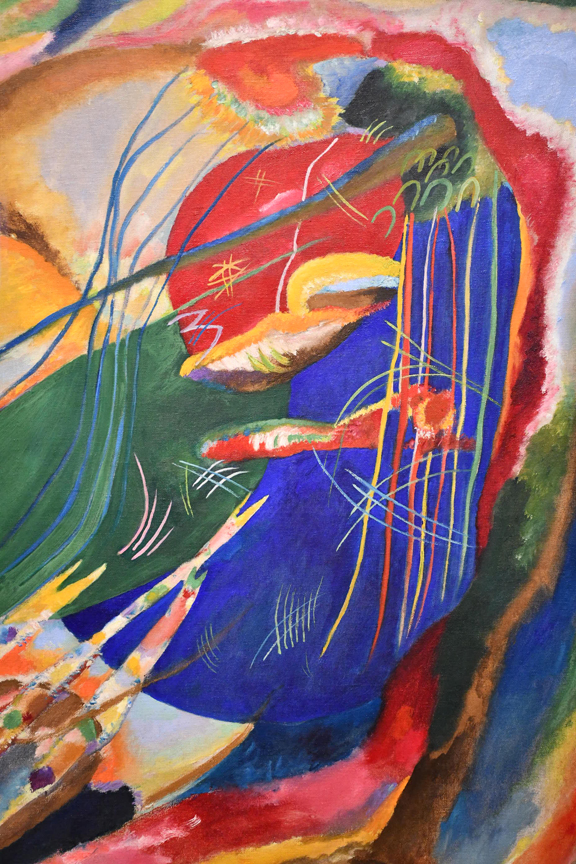
Picture With Three Spots- Kandinsky 1914
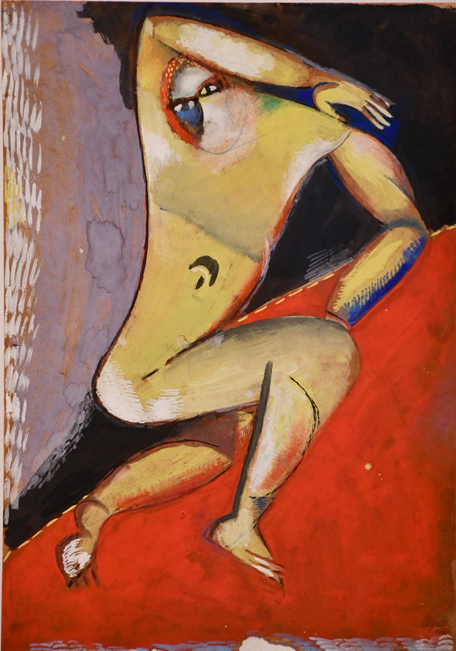
Nude- Chagall 1914
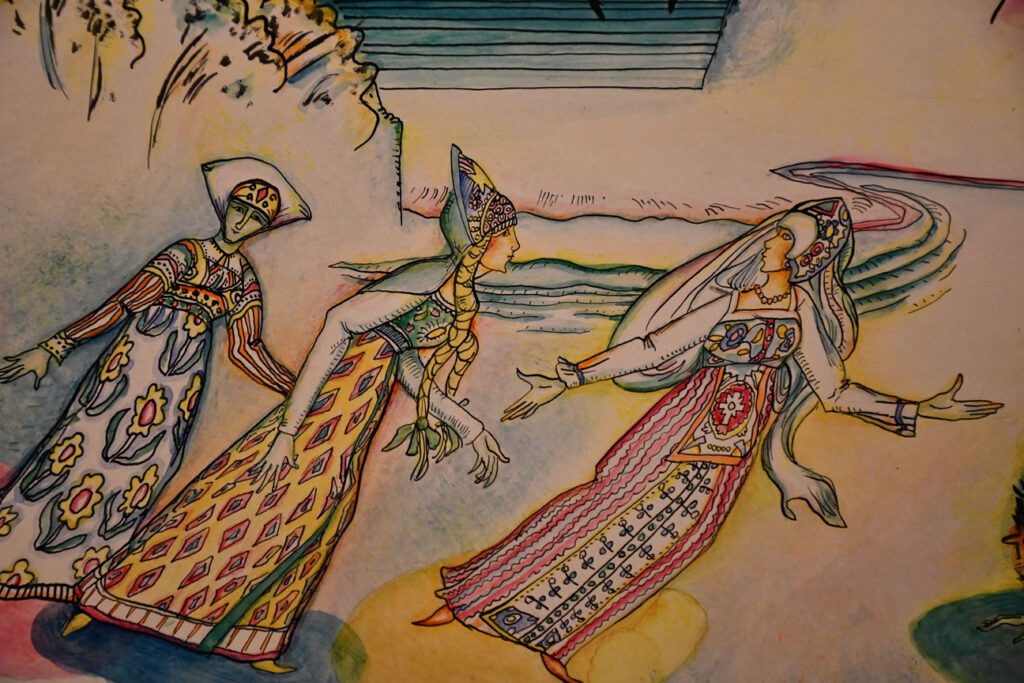
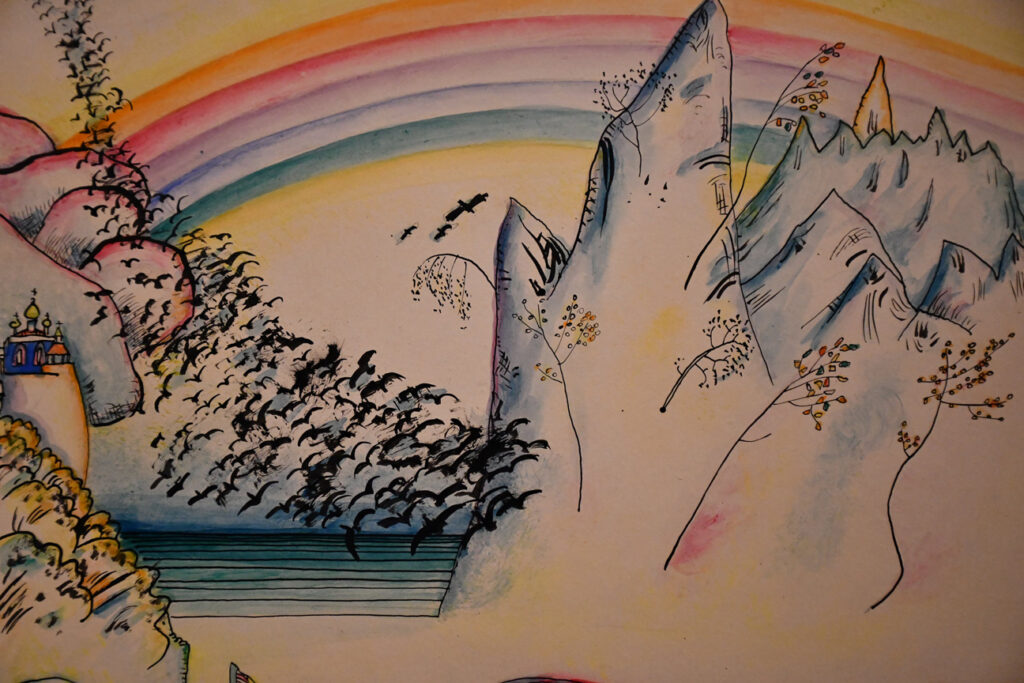
Bagatelle No 2- Kandinsky 1915
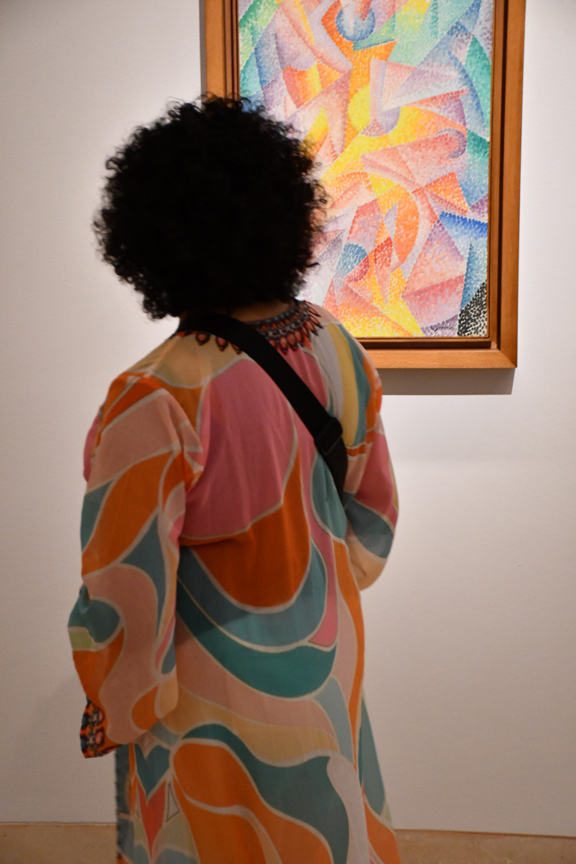
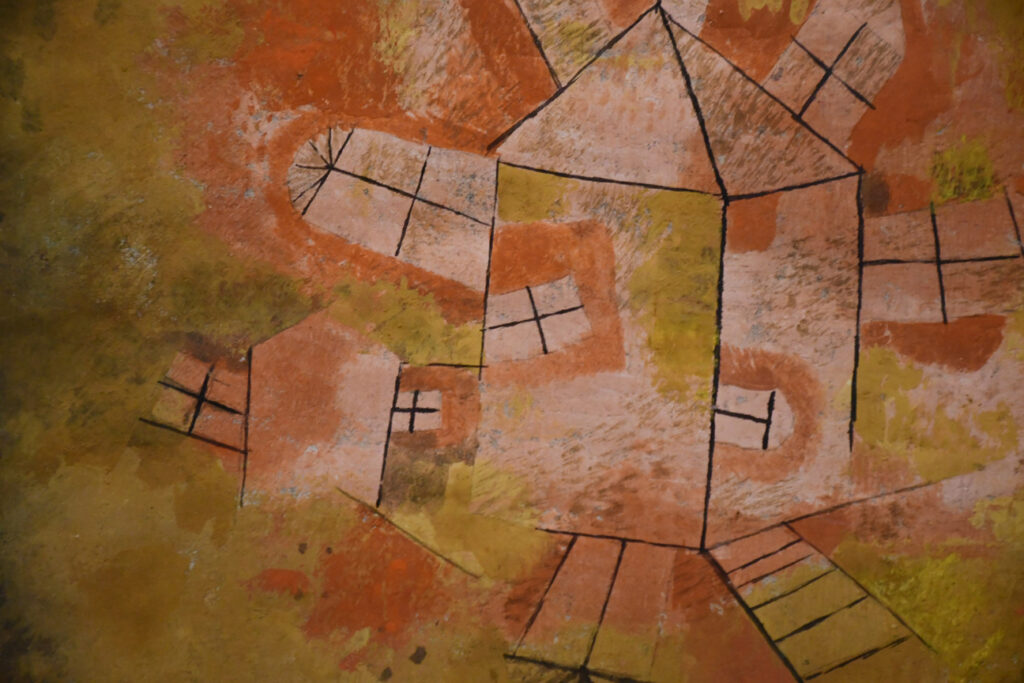
Revolving House-Klee 1921
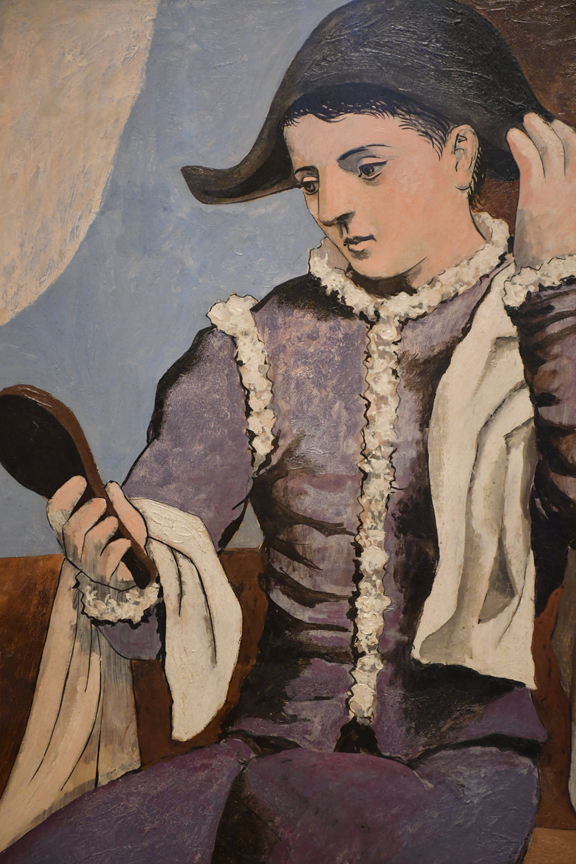
Harlequin with Mirror-Picasso 1923
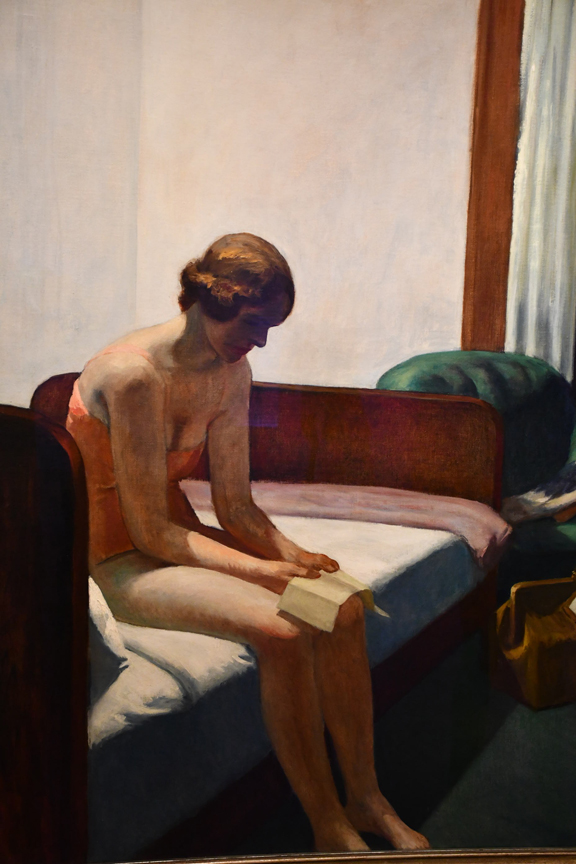
Hotel Room- Hopper 1931
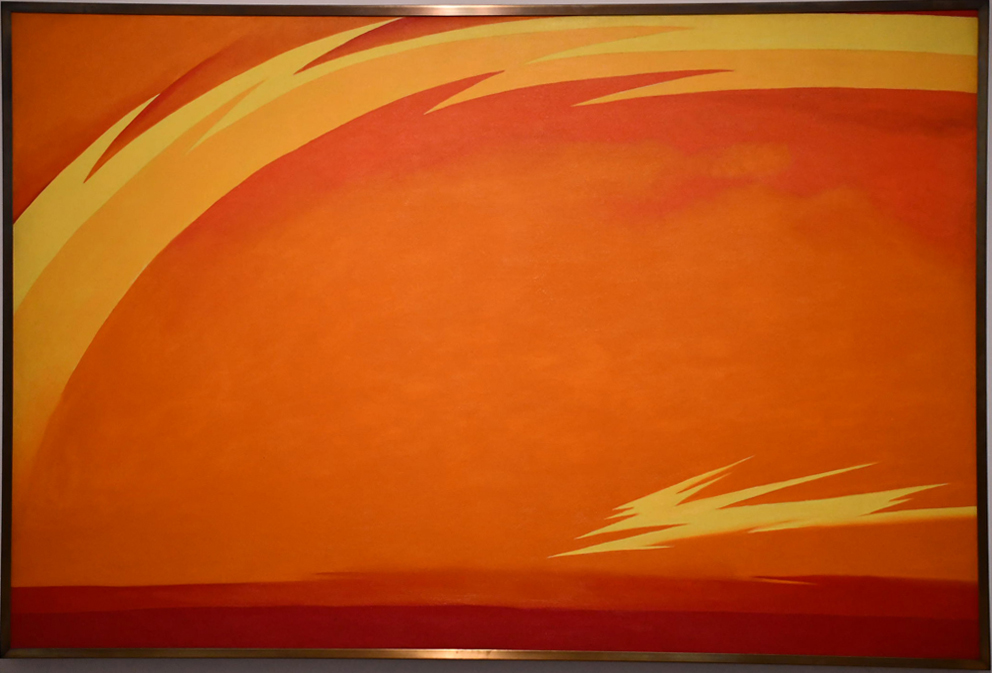
From The Plains II-Okeefe 1954
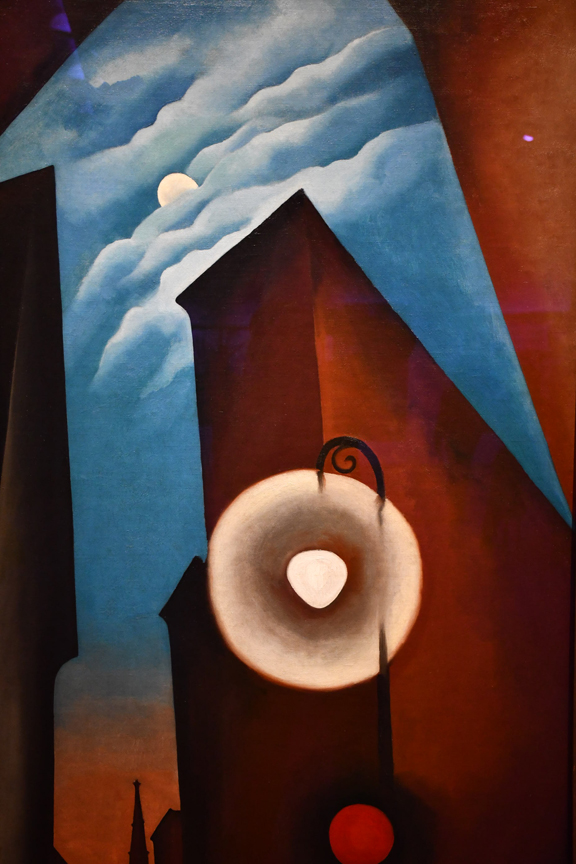
New York Street With Moon- O Keefe-1925
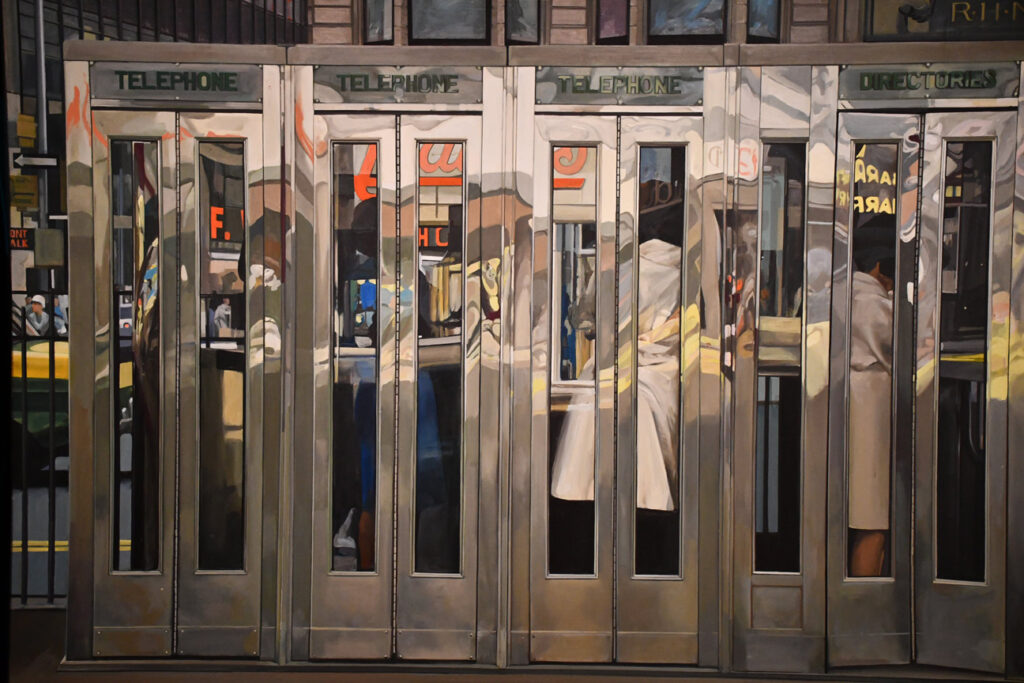
Telephone Booths- Estes 1932